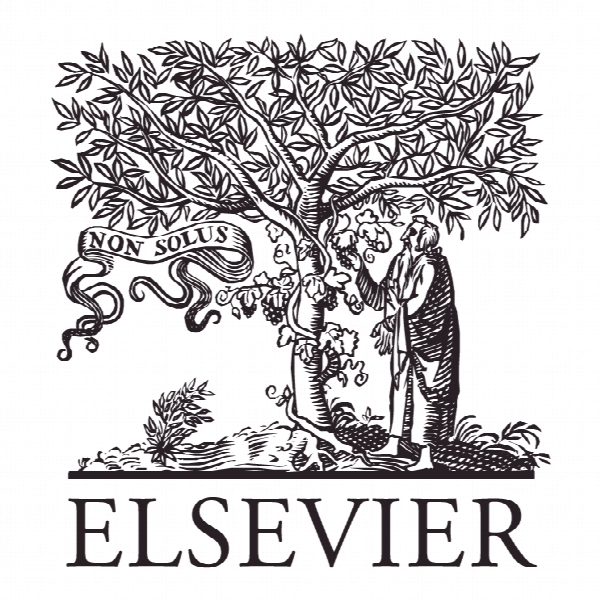ارزیابی تجربه مسافر در فرودگاه ملبورن An assessment of passenger experience at Melbourne Airport
- نوع فایل : کتاب
- زبان : انگلیسی
- ناشر : Elsevier
- چاپ و سال / کشور: 2017
توضیحات
رشته های مرتبط علوم فنون هوایی
مجله مدیریت حمل و نقل هوایی – Journal of Air Transport Management
دانشگاه دانشکده هوا و فضا، مهندسی مکانیک و ساخت و ساز، موسسه فناوری سلطنتی ملبورن (RMIT)، استرالیا
نشریه نشریه الزویر
مجله مدیریت حمل و نقل هوایی – Journal of Air Transport Management
دانشگاه دانشکده هوا و فضا، مهندسی مکانیک و ساخت و ساز، موسسه فناوری سلطنتی ملبورن (RMIT)، استرالیا
نشریه نشریه الزویر
Description
1. Introduction These days many people would agree that airports should invest in enhanced facilities and higher levels of service quality in order to attract passengers, thereby generating significantly higher nonaeronautical revenue, which is critical to airport profitability. Merkert and Assaf (2015) even argue that service quality is a significant performance indicator to an airport and should be treated with the same level of importance as profitability. The issue of airport service quality has been widely examined in airport literature. For example, Yeh and Kuo (2003) evaluated the service quality of fourteen major Asia-Pacific international airports using a fuzzy multi-attribute decision making approach. Arif et al. (2013) assessed customer satisfaction at the United Arab Emirates’ three airports. Transfer passengers’ experiences at Bandaranaike International Airport in Sri Lanka were studied by De Barros et al. (2007). In Australia, Melbourne Airport was once ranked within the top 5 airports that handled 15e25 million passengers according to the Airport Quality Service Survey conducted by Airports Council International (ACI) in 2008, but not any longer since then. In 2011 it did not even make the top 100 according to ACI’s rankings. The ACCC (2015) has found that service quality at all the monitored Australian airports has declined in the last decade in part due to the fact that customers’ expectations are constantly changing, and Melbourne airport received the lowest quality of service rating amongst Australian airports in the last few years. This research selects Melbourne airport as a case study in order to reexamine the service quality issue using both expectation and perception data to identify areas requiring focus and investment of resources, so as to deliver satisfactory services that fulfil the needs and expectations of airport passengers.


